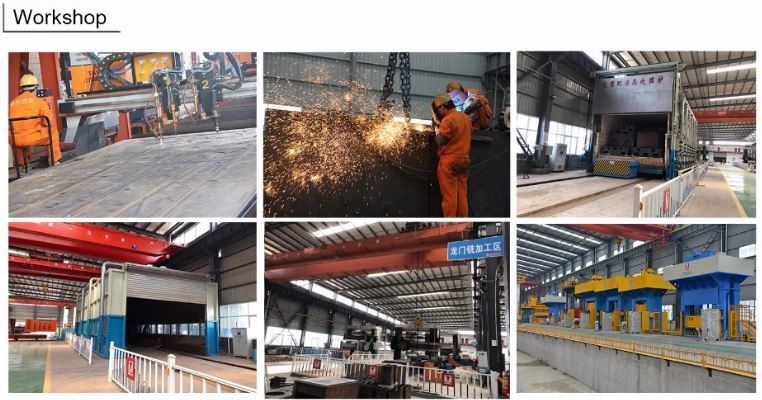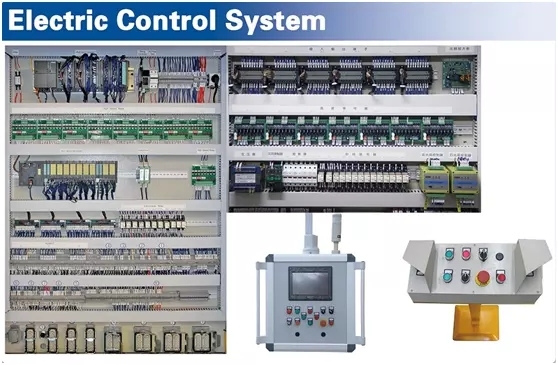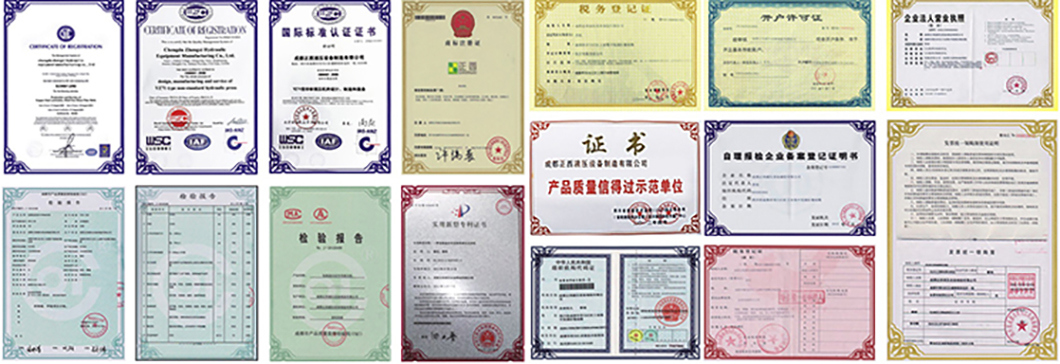800 Ton Hydraulic Press Machine for Car Body Parts, Production Line
Building a stainless steel product from scratch involves a complex and highly technical process. From the initial material handling to the final polishing, every step plays a crucial role in ensuring the quality and durability of the finished product. Here's an overview of the six main stages involved in the manufacturing of stainless steel products:
1) Material Handling
The process begins with the uncoiler, a machine that holds and safely unwinds the steel strip. It controls the speed and direction of the metal as it moves along the production line for further processing such as slitting or tube mill entry.
2) Forming
In this stage, semi-finished steel shapes are formed through various operations like hot rolling, where the steel is heated and passed through large rolls. This transforms raw materials into bars, sheets, or plates—each suitable for different applications due to their versatility in size and grade.
3) Heat Treatment
Heat treatment, often involving annealing furnaces, is used to relieve internal stresses and improve the material’s properties. This controlled heating and cooling process ensures the stainless steel is more workable and suitable for a wide range of uses.
4) Descaling
After heat treatment, scale may form on the surface. This is removed through processes like pickling, which uses chemical solutions to clean the surface and prepare it for the next steps.
5) Cutting and Punching
The semi-finished stainless steel is then cut and punched into specific shapes using mechanical tools such as guillotine knives, blanking, or high-speed blades. This step also includes making tap holes and overflow channels as required.
6) Finishing and Polishing
The final stage involves finishing and polishing to achieve the desired aesthetic and functional qualities. Polishing machines help create a smooth, easy-to-clean surface, which is essential for sanitary and industrial applications.
Hydraulic Press 4 Column Hydraulic Sheet Metal Deep Drawing
This type of hydraulic press utilizes hydrostatic pressure to shape metals, plastics, rubber, wood, and powders. It is widely used in forging, stamping, cold extrusion, bending, flanging, and powder metallurgy. Its advantages include improved strength, reduced part count, lower costs, and enhanced efficiency.
SPECS of Yz33
| Model | Unit | Yz33-25T | Yz33-50T | Yz33-63T | Yz33-100T | Yz33-160T | Yz33-250T | |
| Clamping Force | KN | 250 | 500 | 630 | 1000 | 1600 | 2500 | |
| Working Layer | Qty | 2~4 | 2~4 | 2~4 | 2~4 | 2~4 | 2~4 | |
| Piston Stroke | mm | 180 | 250 | 250 | 250/250 | 250/250 | 500 | |
| Heating Platen Daylight | mm | 90 | 125 | 125 | 125 | 125 | 125 | |
| Heating Platen Size | Left-right | mm | 350 | 400 | 500 | 600 | 750 | 900 |
| Front-back | mm | 350 | 400 | 500 | 600 | 850 | 900 | |
| Heating Plate Power | KW | 1.5 | 2.2 | 3 | 7.5 | 11 | 15 | |
| Motor Power | KW | 7.2 | 9 | 10.8 | 33.75 | 45 | 45 | |



Certificate
Recuperator,Rbsic Recuperator,Sisic Recuperator,Heating Systemsheatcor
Jiangsu Kinuo Furnace Roller Co., Ltd. , https://www.jskinuoroller.com